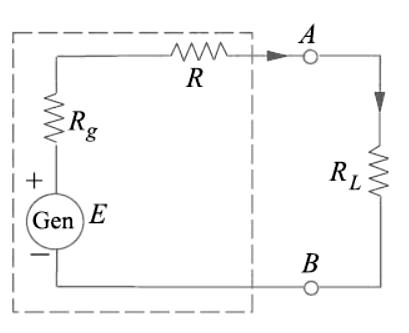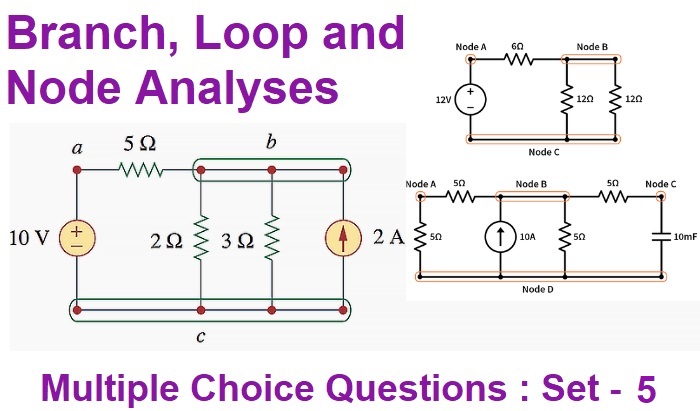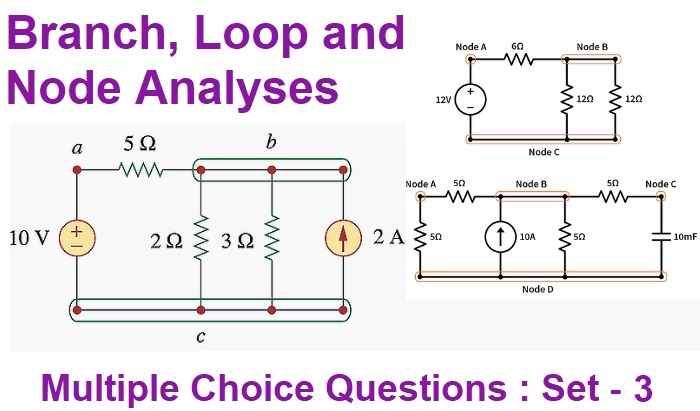Maximum Power Transfer Theorem
Maximum Power Transfer Theorem :
Although applicable to all branches of electrical engineering, this theorem is particularly useful for analysing communication networks. The overall efficiency of a network supplying maximum power to any branch is 50 per cent. For this reason, the application of this theorem to power transmission and distribution networks is limited because, in their case, the goal is high efficiency and not maximum power transfer.
However, in the case of electronic and communication networks, very often, the goal is either to receive or transmit maximum power (through at reduced efficiency) specially when power involved is only a few milliwatts or microwatts. Frequently, the problem of maximum power transfer is of crucial significance in the operation of transmission lines and antennas.

As applied to d.c. networks, this theorem may be stated as follows :
A resistive load will abstract maximum power from a network when the load resistance is equal to the resistance of the network as viewed from the output terminals, with all energy sources removed leaving behind their internal resistances.
In the above figure, a load resistance of RL is connected across the terminals A and B of a network which consists of a generator of e.m.f. E and internal resistance Rg and a series resistance R which, in fact, represents the lumped resistance of the connecting wires. Let Ri = Rg + R = internal resistance of the network as viewed from A and B.
According to this theorem, RL will abstract maximum power from the network when RL = Ri.
Proof :
Circuit current

Power consumed by the load is
 ………………………………(i)
………………………………(i)

Differentiating Eq. (i) above, we have

It is worth noting that under these conditions, the voltage across the load is hold the open-circuit voltage at the terminals A and B.

Let us consider an a.c. source of internal impedance (R1 + jX1) supplying power to a load impedance (RL + jXL). It can be proved that maximum power transfer will take place when the modules of the load impedance is equal to the modulus of the source impedance i.e. |ZL| = |Z1|
Where there is a completely free choice about the load, the maximum power transfer is obtained when load impedance is the complex conjugate of the source impedance.
For example, if source impedance is (R1 + jX1), then maximum transfer power occurs, when load impedance is (R1 − jX1). It can be shown that under this condition, the load power is = E2/4R1.
Read article – Units of Resistivity
Visit NCERTplanet.com for NCERT solutions and Textbook downloads



